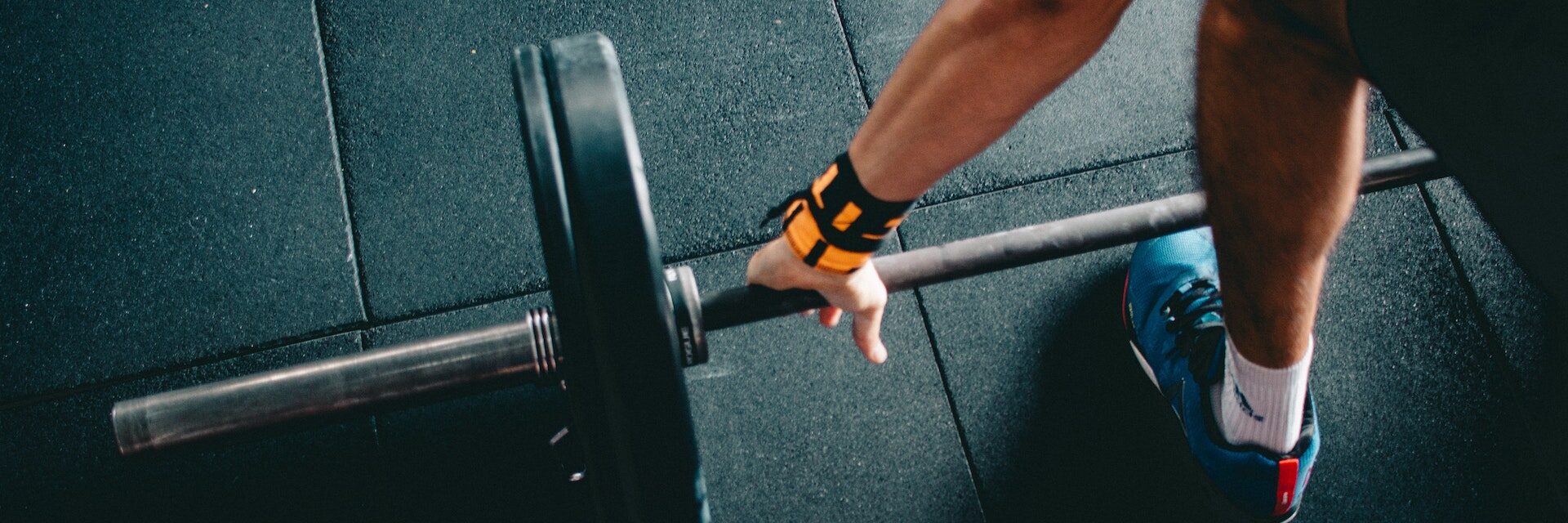
Strong bones and joints. The most important tips
In the autumn we start to feel the temperature drop. This causes us to feel discomfort in the throat, nose or head, but also in the bones and joints. In this post we tell you about the relationship between cold and joint problems, as well as a few tips on how to relieve them.
Why does the cold cause discomfort in the bones, muscles and joints?
In autumn and winter the temperature drops suddenly so the muscles contract due to the cold and the joints are put under pressure. This pressure is what causes the joints to become stiffer and therefore cause discomfort such as numbness or discomfort. This kind of discomfort is likely to become more severe or noticeable in people who have previously had a blow to their skeletal muscle system.
To keep our body warm and at a stable temperature, it can help relieve these discomforts.
How does humidity and weather changes affect the joints?
As we have seen, temperature changes, especially sudden drops, do not make bones and joints more active. They become more strained due to the contractions suffered by the muscles, even more so in those parts of the body that are not completely protected, for example, hands and neck.
According to the Spanish Society of Rheumatology, the cold may cause an increased viscosity friction and stiffness, which causes a decreased flexibility of the joints affecting the bone.
Atmospheric pressure
The Spanish Society of Rheumatology also advises that cold, rain and atmospheric pressure worsen the feeling of discomfort in bones and joints.
Relieve bone and joint discomfort
According to The International Osteoarthritis Foundation (IAFO), joint problems affect both the men and women. However, after the age of 35, 73% of women suffer from this kind of joint discomfort, while only 63% of men do. The main parts of the body that may be affected are the knees, wrists, hands and neck.
What nutritional ingredients are useful for bones and joints?
A balanced diet, regular physical activity and healthy habits are three good ways to keep your bones and joints in good condition. A balanced diet may be supplemented with active ingredients for flexibility and mobility in joints and bones.
The main factor responsible for the proper functioning of our bones and joints is mainly calcium and protein, so a diet rich in these nutrients becomes essential when our body suffers from this kind of discomfort. Other key active ingredients for our bones and muscles are collagen, hyaluronic acid and magnesium, which are present in food.
Sometimes supplements may help with certain muscular conditions or sporting objectives. Provided that good professional advice is given and the right combination of active ingredients is chosen to properly nourish the joints.
There are many nutritional ingredients, which do I choose?
As we know, there are many kinds of nutritional ingredients. The important thing is to know what diet I should follow and if it is recommended to supplement it. including a proper combination of active ingredients.
Chondroitin, D-Glucosamine, collagen and hyaluronic acid are commonly used for their usefulness in balancing our osteoarticular system. Other active ingredients may also contribute to this end, such hops, turmeric and harpagophyte.









